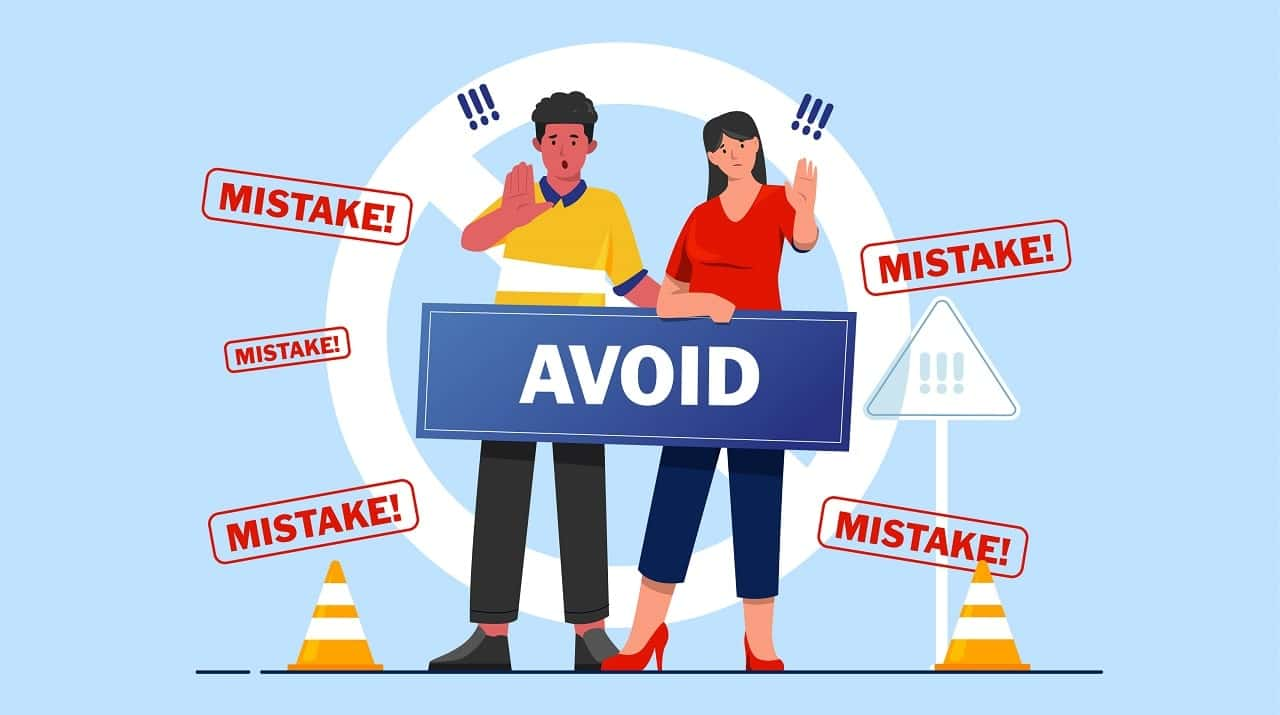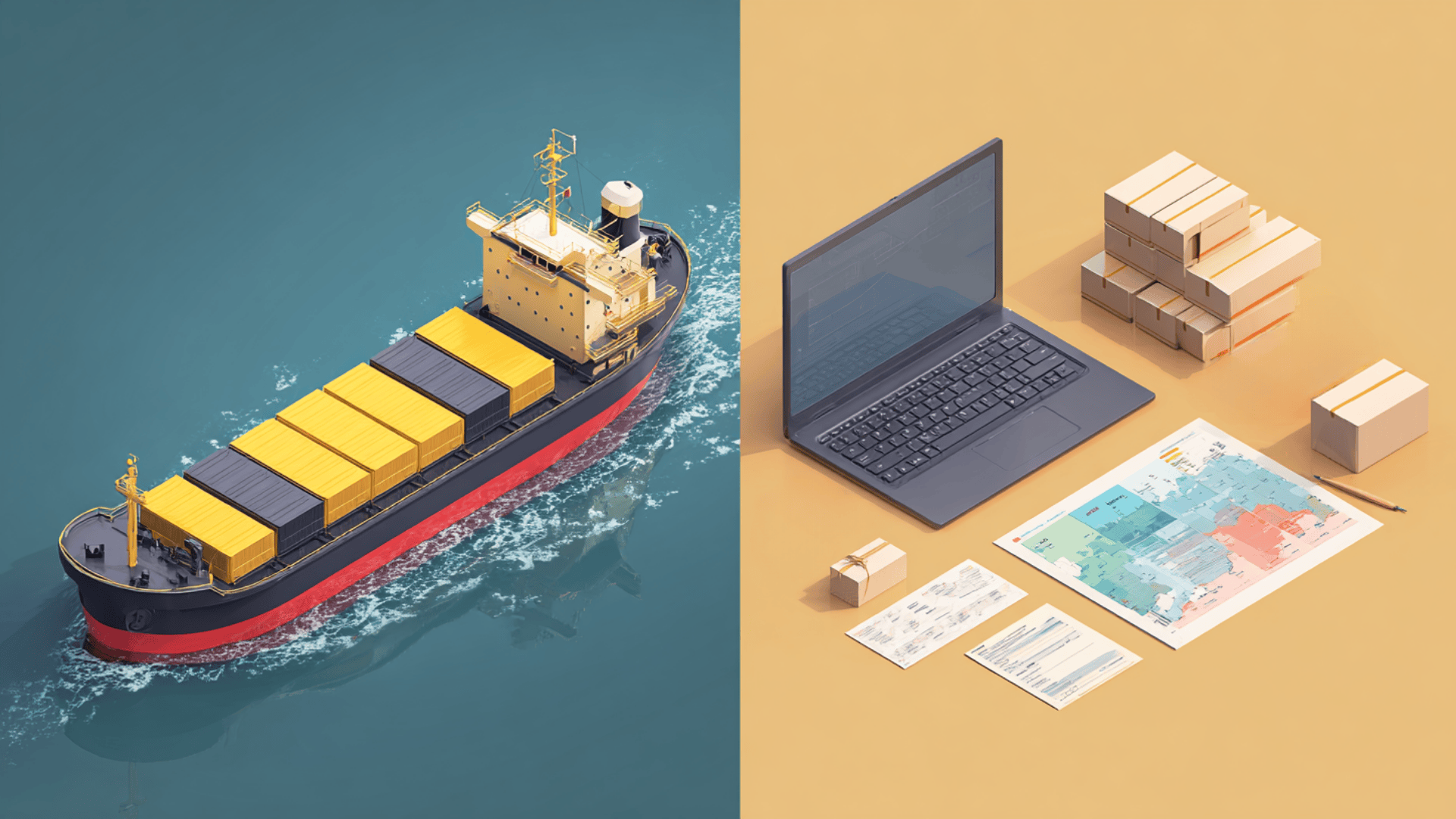Avoid These 6 Ecommerce Shipping Integration Mistakes
Running an online store is exciting, but it comes with many moving parts. One of the most important areas to get right is Ecommerce Shipping Integration. When set up correctly, it keeps your orders flowing smoothly from your store to your customers. When done wrong, it can lead to delays, extra costs, and unhappy buyers.
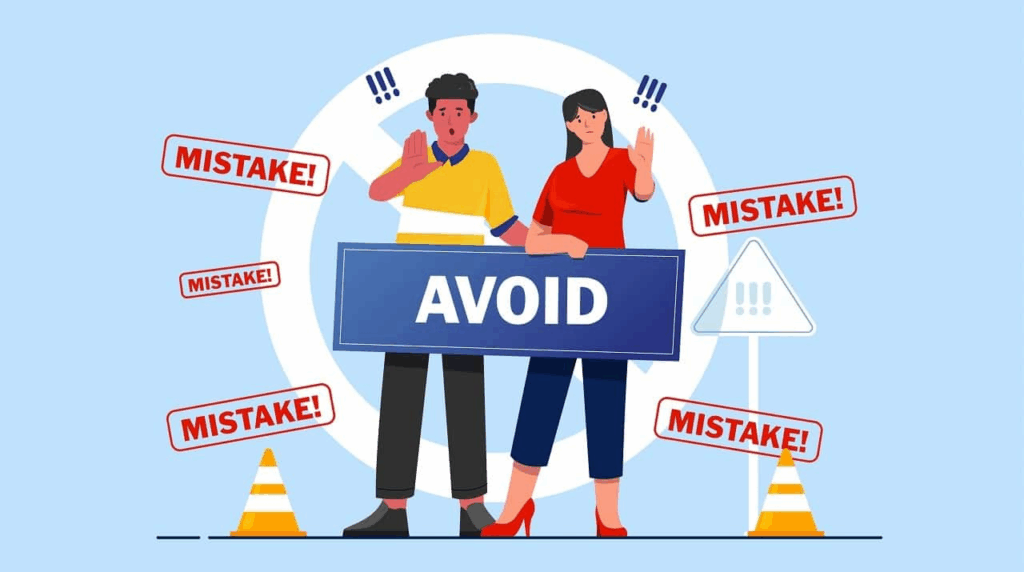
Here are six common mistakes to avoid so your shipping system works like a well-oiled machine.
1. Not Testing the Shipping Integration Before Launch
Many store owners connect their shipping software and assume it will work perfectly right away. Skipping the testing phase is a major mistake.
Testing ensures that:
- The system can pull orders from your store without errors
- Shipping labels print correctly
- Tracking numbers are sent to customers automatically
Always run several test orders before going live. This will help you catch problems before your real customers experience them.
2. Using a One-Size-Fits-All Shipping Setup
Every online store is different. Your Ecommerce Shipping Integration should match your business model, products, and customer needs.
For example:
- If you sell large or heavy items, you may need freight integration instead of standard parcel shipping.

- If you ship internationally, you should choose a solution that supports customs documentation and multiple carriers.
A system that works for one store might not fit yours. Customizing your shipping rules and settings can save money and improve delivery times.
3. Ignoring Carrier Rate Updates
Shipping carriers often change their rates. If your integration does not update automatically, you might end up charging customers the wrong amount for shipping.
This can lead to:
- Overcharging, which frustrates customers and lowers conversions
- Undercharging, which eats into your profit margin
Choose an integration that syncs carrier rates in real time, or set a regular schedule to update them manually.
4. Failing to Sync Inventory and Shipping Data
If your shipping system is not linked to your inventory in real time, you risk selling products that are out of stock. This can lead to order cancellations and refund requests.
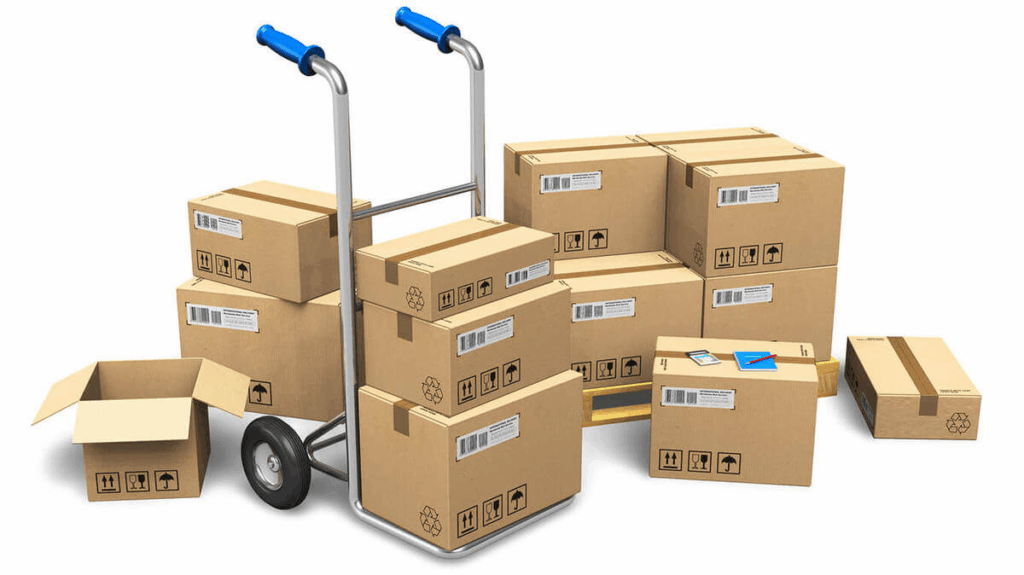
With proper Ecommerce Shipping Integration, your stock levels should update automatically when an order is placed. This also helps with warehouse efficiency since the picking and packing team will always have accurate information.
5. Not Offering Multiple Shipping Options
Customers love choice. If your store only offers one shipping method, you might lose sales to competitors who provide faster or cheaper alternatives.
Your integration should allow you to:
- Offer standard, express, and economy shipping options
- Display accurate delivery time estimates
- Let customers choose the service that works best for them
Multiple options give your customers more control, which can increase satisfaction and loyalty.
6. Skipping Tracking and Notification Features
One of the biggest advantages of Ecommerce Shipping Integration is the ability to provide tracking updates automatically. Yet some store owners fail to enable these features.
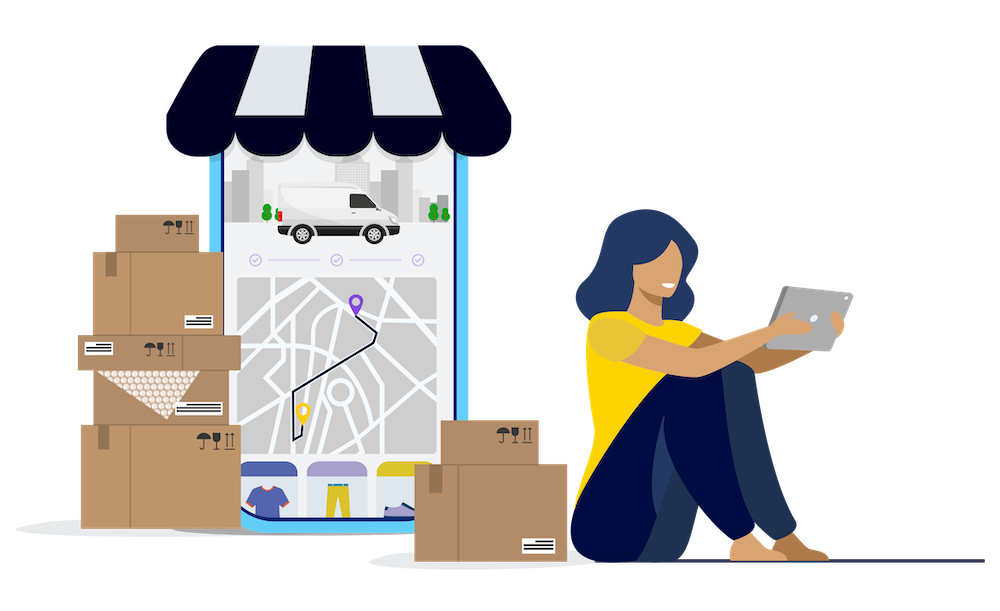
Tracking benefits both you and your customers:
- Customers can see where their order is at any time
- You receive fewer “Where is my order?” inquiries
- It builds trust and transparency
Always set up automated tracking emails or SMS updates so customers feel informed and confident.
How PostalParcel Helps You Avoid These Mistakes
At postalparcel, we understand the challenges of shipping in ecommerce. Our platform is built to make Ecommerce Shipping Integration easy and reliable.

We help you:
- Test your integration before going live
- Customize shipping settings for your business
- Keep carrier rates updated automatically
- Sync inventory with shipping in real time
- Offer multiple shipping options to customers
- Send automated tracking notifications
By avoiding these six common mistakes, you can save time, reduce costs, and keep customers happy.
Conclusion
Setting up Ecommerce Shipping Integration the right way can make a huge difference for your online store. When you test your system, customize it to your needs, keep rates current, sync inventory, offer shipping choices, and provide tracking updates, you create a smooth experience for both you and your customers.
Mistakes in shipping integration can be costly, but they’re easy to avoid with the right tools and planning. Take the time to set things up properly, and your shipping process will become one of your strongest advantages.
Industry Insights
news via inbox
Nulla turp dis cursus. Integer liberos euismod pretium faucibua

